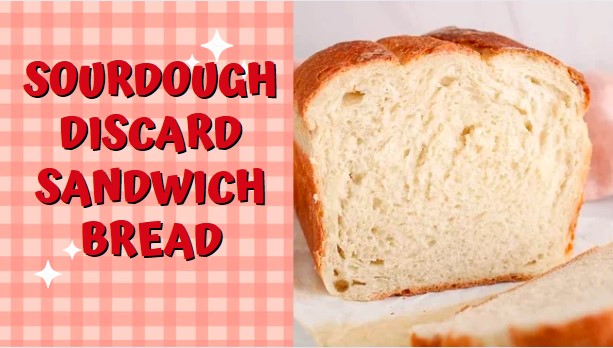Sourdough discard sandwich bread offers a delightful twist to your typical sandwich loaf by incorporating leftover sourdough starter. This not only reduces waste but also introduces a subtle tang and enhanced flavor that can elevate even the simplest of sandwiches. When sourdough discard is added to the bread dough, it introduces natural fermentation elements which can improve the texture and longevity of the bread.
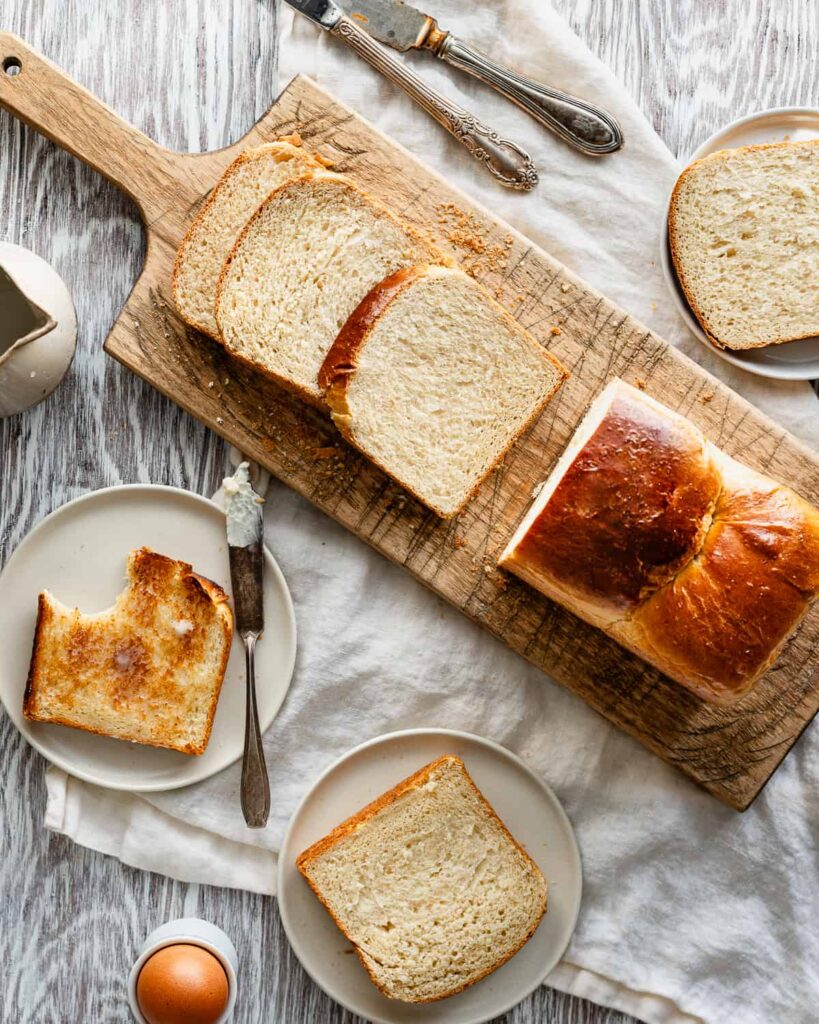
Making sourdough discard sandwich bread starts with combining the discard with flour, water, a touch of sugar, and salt. Yeast is often added to ensure a good rise, especially since the discard might not be as active as fresh sourdough starter. The dough should be kneaded until smooth and elastic, then allowed to rise until doubled in size. After shaping it into a loaf, a second rise helps develop the final texture before baking.
This bread is ideal for those who appreciate a slightly tangy note in their bread, providing a complex flavor profile that complements both sweet and savory fillings. From creamy peanut butter to sharp cheddar cheese, sourdough discard sandwich bread makes every bite more interesting and delicious.
Kitchen Tools Needed
Ingredients
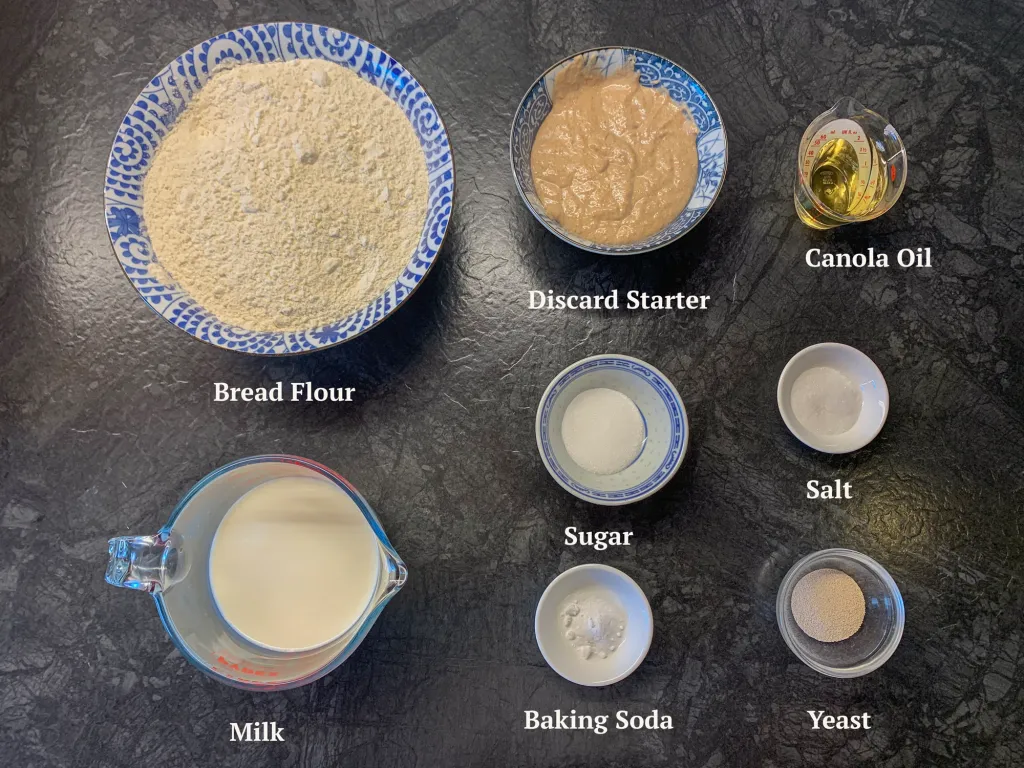
How To Make Sourdough Discard Sandwich Bread?
Preparing the Dough
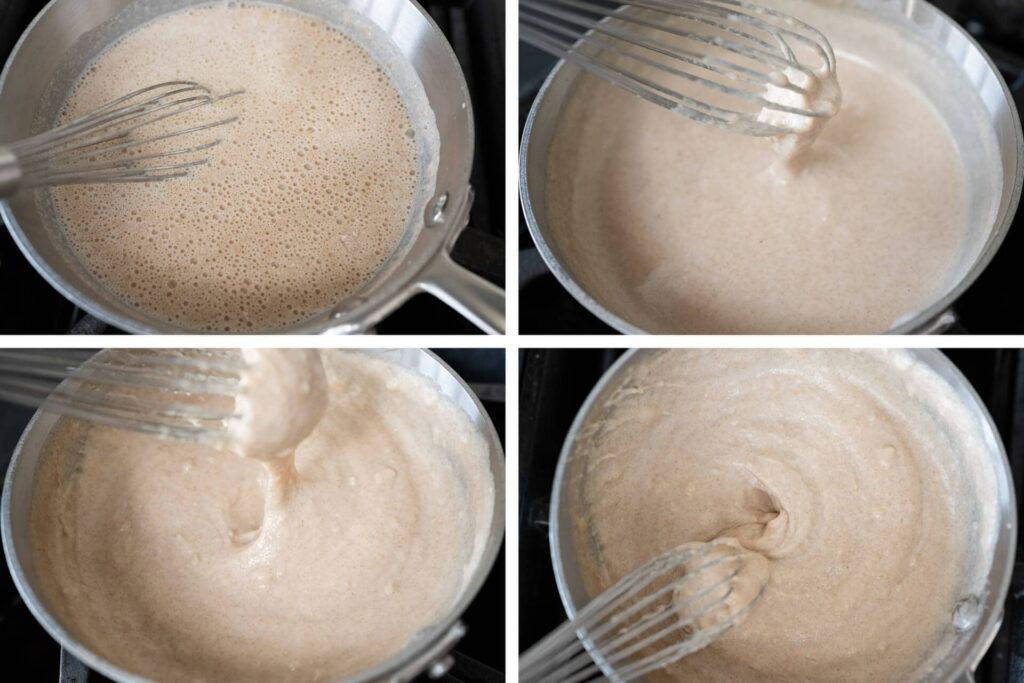
Begin by combining the warm water, sugar, and active dry yeast in a large mixing bowl. Stir gently and let the mixture sit for about 5-10 minutes, or until it becomes frothy, indicating that the yeast is active. Add the sourdough discard, flour, salt, and vegetable oil or melted butter to the yeast mixture. Mix thoroughly until all ingredients are well incorporated.
Kneading the Dough
If using a stand mixer, attach the dough hook and knead the mixture on a medium setting for about 8-10 minutes until the dough is smooth and elastic. For hand-kneading, turn the dough out onto a lightly floured surface and knead for about 10-12 minutes. The dough should be tacky but not overly sticky.
First Rise
Shape the dough into a ball and place it in a lightly oiled bowl, turning once to coat. Cover the bowl with a damp cloth or plastic wrap and set it in a warm place to rise. Allow the dough to double in size, which typically takes about 1-2 hours depending on the room temperature.
Shaping the Loaf
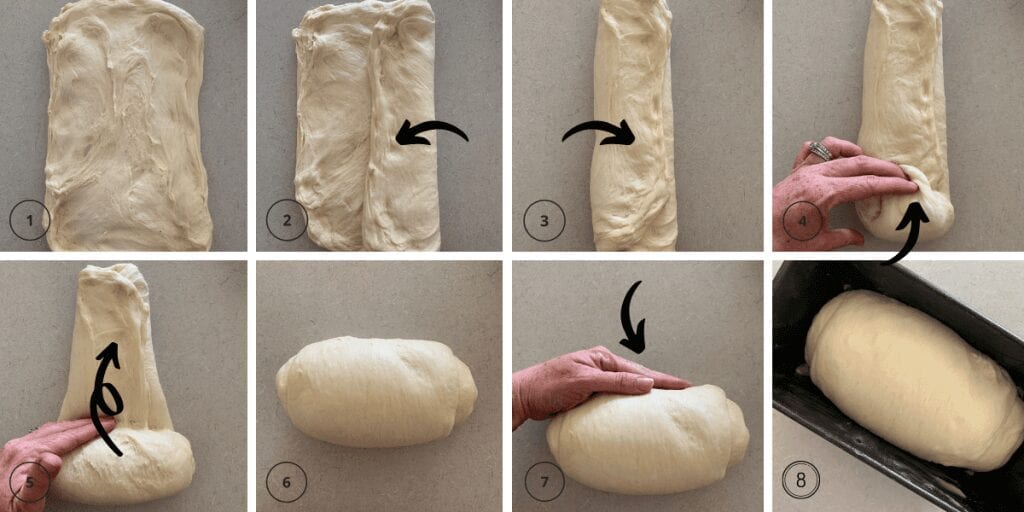
Once the dough has doubled, punch it down to release any air bubbles. Turn it out onto a lightly floured surface and shape it into a rectangle roughly the size of your loaf pan. Roll the rectangle tightly into a cylinder, pinching the seams to seal.
Second Rise
Place the shaped dough seam-side down into a greased 9×5-inch loaf pan. Cover the pan loosely with a damp cloth or plastic wrap and let it rise again in a warm place until the dough rises just above the top of the pan, about 1 hour.
Baking
Preheat your oven to 375 degrees Fahrenheit (190 degrees Celsius). Once the oven is heated and the dough has finished its second rise, place the loaf pan in the oven. Bake for about 30-35 minutes or until the top is golden brown and the loaf sounds hollow when tapped on the bottom.
Cooling
Remove the bread from the oven and let it cool in the pan for about 10 minutes. Then, transfer the bread to a wire rack to cool completely. This cooling process helps the structure of the bread to set, making it easier to slice.
Serving
Once completely cooled, slice the sourdough discard sandwich bread as desired. This bread is excellent for making a variety of sandwiches or simply enjoying with butter or jam.
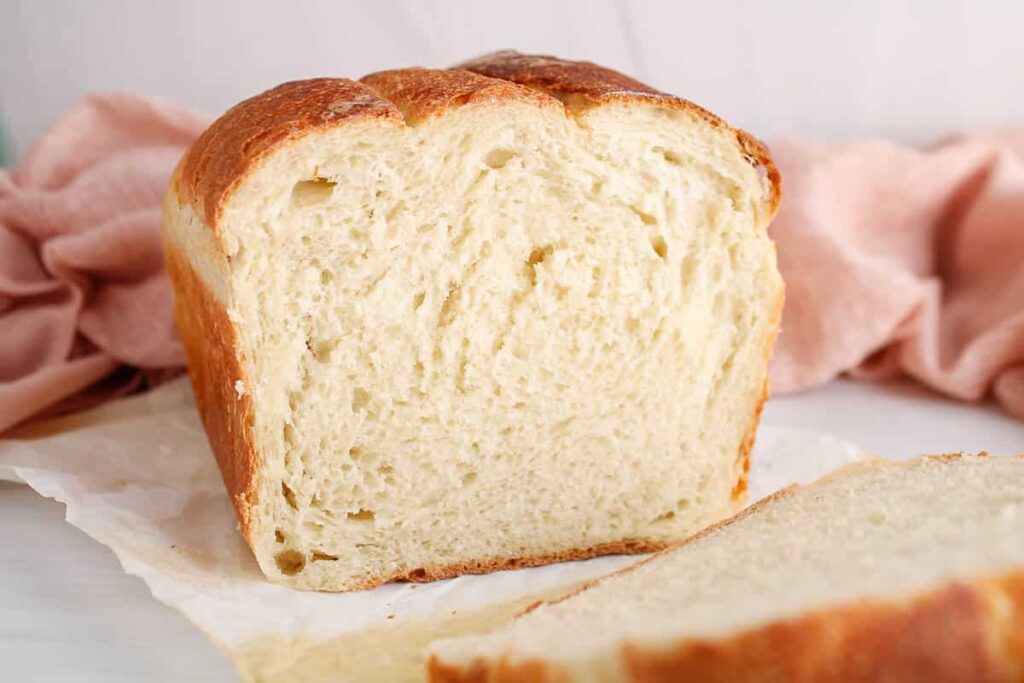
What To Serve With?
Health Benefits
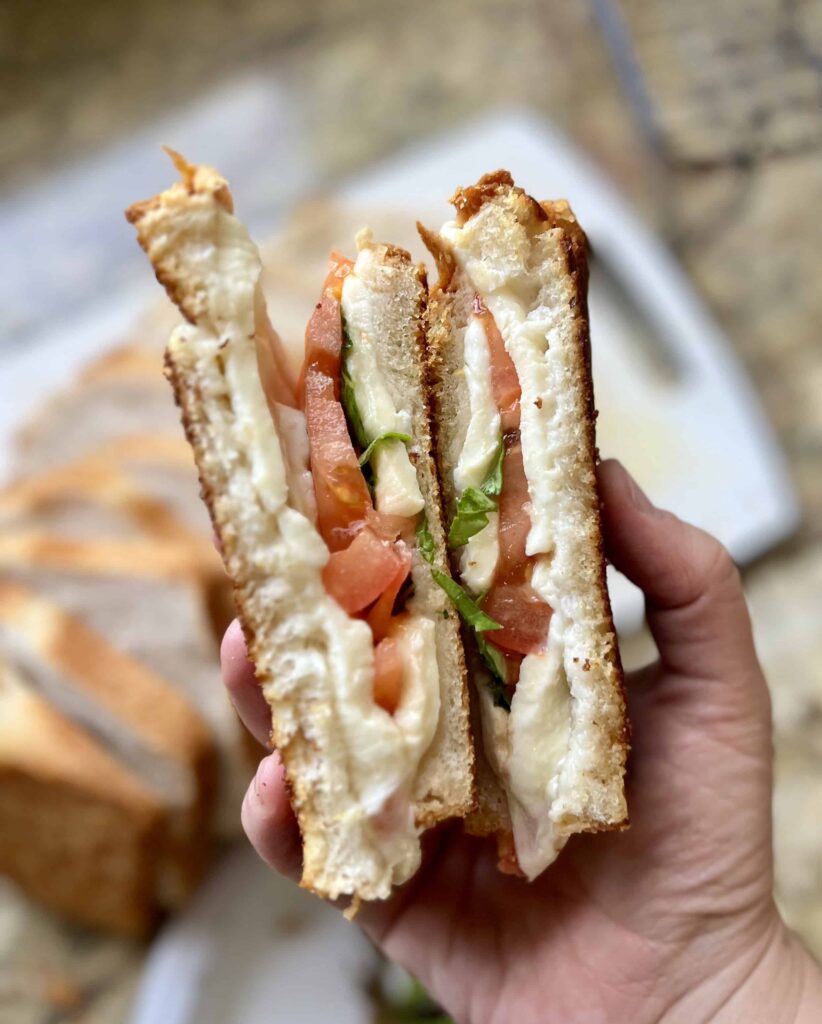
Tips and Tricks
Variations
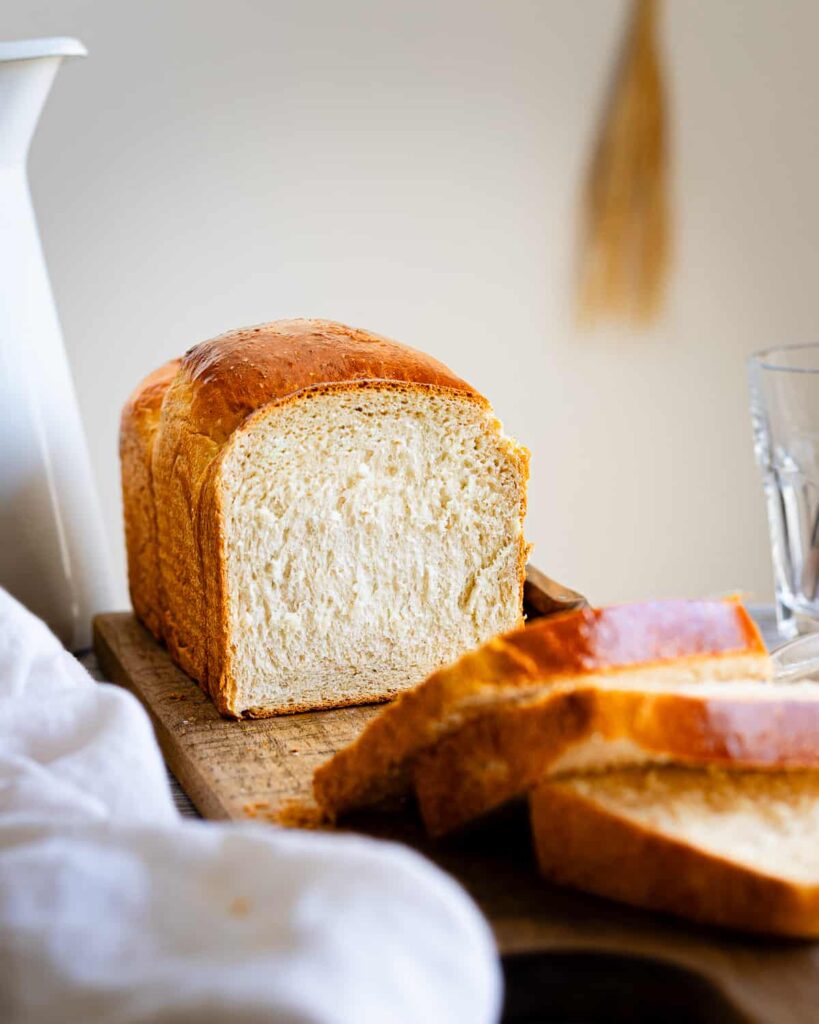
Substitutions
Making Ahead
Storage
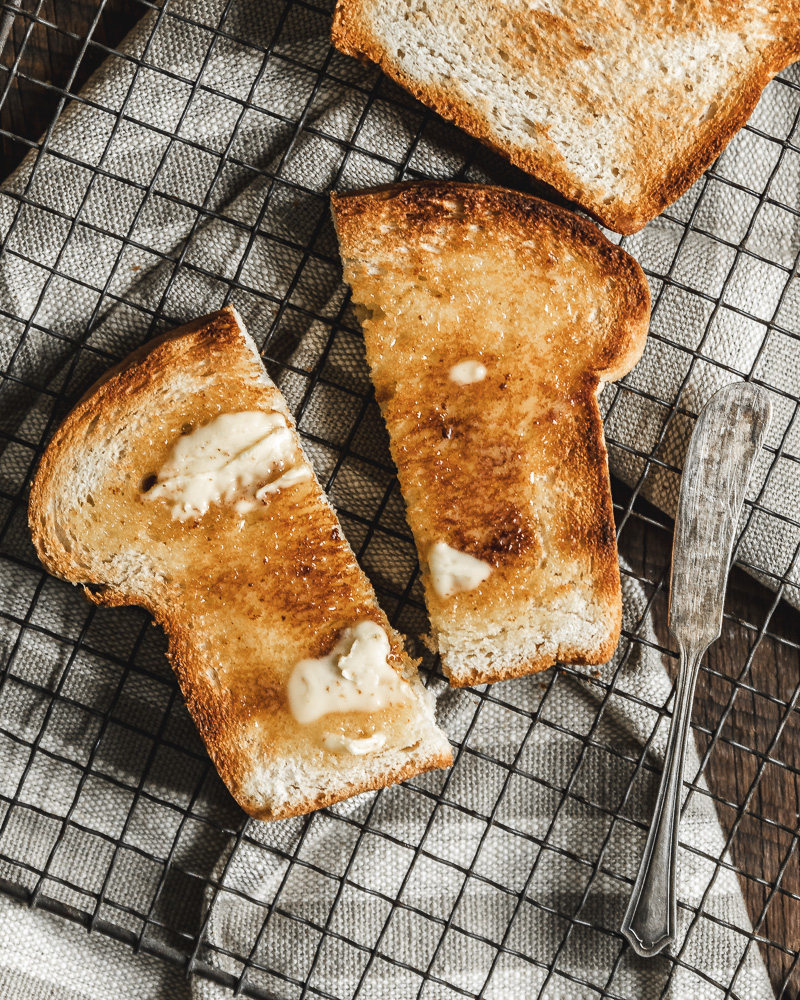
Reheating
Nutritional Facts Per Slice
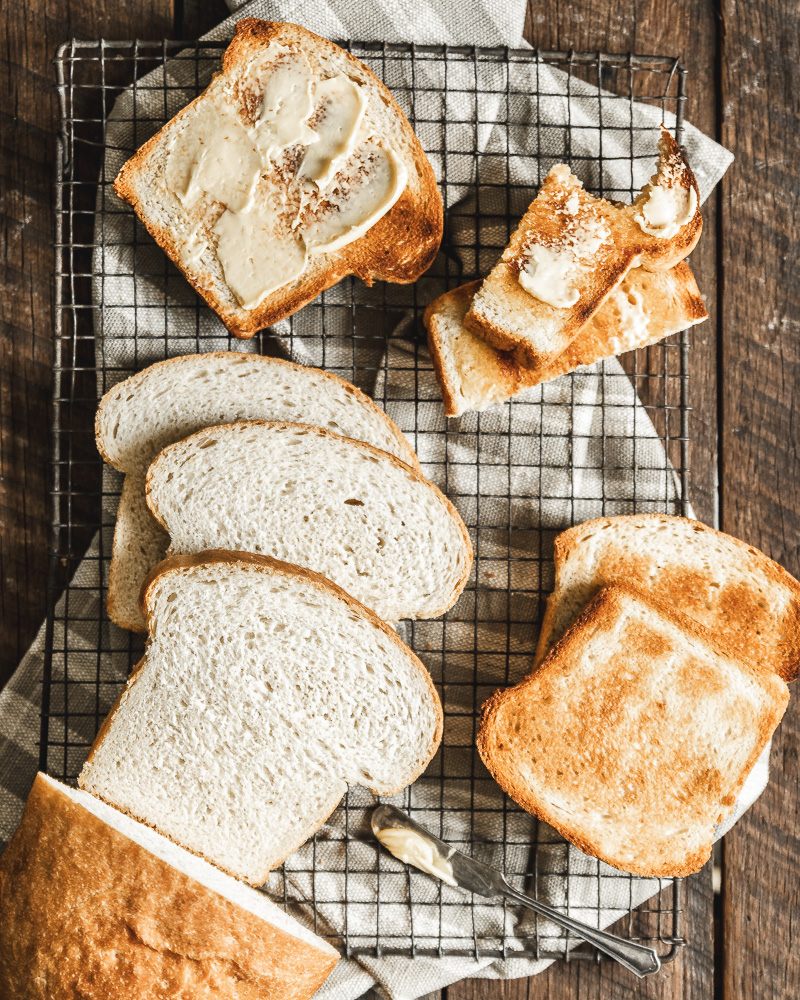
Perfect Breads Options
Perfect Ina Garten Banana Bread Recipe
Easy Homemade Sub Bread Recipe| Sub Rolls| Subway Bread
Frequently Asked Questions – FAQ’s
Sourdough Discard Sandwich Bread
Course: MainCuisine: AmericanDifficulty: Easy4
servings20
minutes35
minutes140
kcalIngredients
Mixing Bowls: For combining the ingredients.
Kitchen Scale: To accurately measure ingredients, ensuring consistency.
Dough Scraper: Useful for handling and dividing the dough.
Measuring Cups and Spoons: For measuring smaller amounts of ingredients like salt and yeast.
Stand Mixer (optional): With a dough hook for kneading, though hand-kneading is also an option.
Loaf Pan: Typically 9×5 inches for shaping and baking the bread.
Oven Thermometer: To check the actual temperature inside your oven for precise baking.
Cooling Rack: To cool the bread evenly after baking.
Directions
- Begin by combining the warm water, sugar, and active dry yeast in a large mixing bowl. Stir gently and let the mixture sit for about 5-10 minutes, or until it becomes frothy, indicating that the yeast is active. Add the sourdough discard, flour, salt, and vegetable oil or melted butter to the yeast mixture. Mix thoroughly until all ingredients are well incorporated.
- If using a stand mixer, attach the dough hook and knead the mixture on a medium setting for about 8-10 minutes until the dough is smooth and elastic. For hand-kneading, turn the dough out onto a lightly floured surface and knead for about 10-12 minutes. The dough should be tacky but not overly sticky.
- Shape the dough into a ball and place it in a lightly oiled bowl, turning once to coat. Cover the bowl with a damp cloth or plastic wrap and set it in a warm place to rise. Allow the dough to double in size, which typically takes about 1-2 hours depending on the room temperature.
- Once the dough has doubled, punch it down to release any air bubbles. Turn it out onto a lightly floured surface and shape it into a rectangle roughly the size of your loaf pan. Roll the rectangle tightly into a cylinder, pinching the seams to seal.
- Place the shaped dough seam-side down into a greased 9×5-inch loaf pan. Cover the pan loosely with a damp cloth or plastic wrap and let it rise again in a warm place until the dough rises just above the top of the pan, about 1 hour.
- Preheat your oven to 375 degrees Fahrenheit (190 degrees Celsius). Once the oven is heated and the dough has finished its second rise, place the loaf pan in the oven. Bake for about 30-35 minutes or until the top is golden brown and the loaf sounds hollow when tapped on the bottom.
- Remove the bread from the oven and let it cool in the pan for about 10 minutes. Then, transfer the bread to a wire rack to cool completely. This cooling process helps the structure of the bread to set, making it easier to slice.
- Once completely cooled, slice the sourdough discard sandwich bread as desired. This bread is excellent for making a variety of sandwiches or simply enjoying with butter or jam.
Conclusion
Sourdough discard sandwich bread is a fantastic way to repurpose sourdough starter that would otherwise be thrown away, making it an environmentally friendly baking choice. Its unique flavor—slightly tangy and deeply satisfying—sets it apart from traditional sandwich breads. The use of sourdough discard not only enhances the nutritional value by making minerals more bioavailable and lowering the glycemic index but also improves the bread’s texture and shelf life.
This bread is versatile enough to be used in a variety of dishes, from hearty sandwiches to simple, buttered toast, making it a staple for any home baker looking to explore the rich world of sourdough baking.

